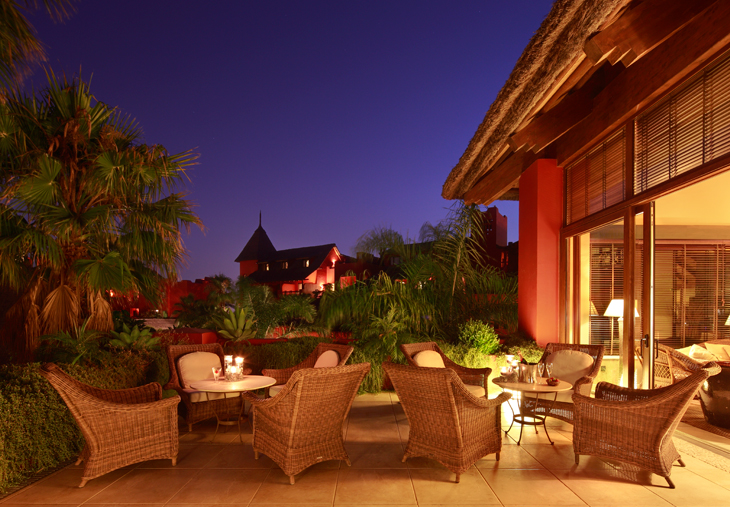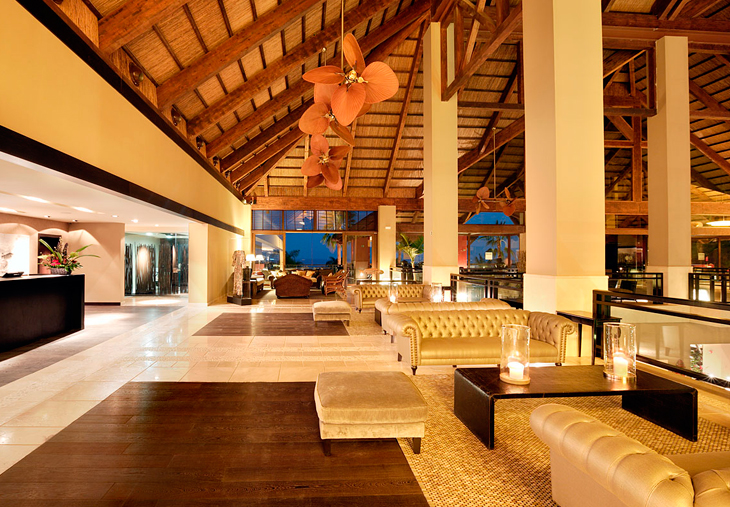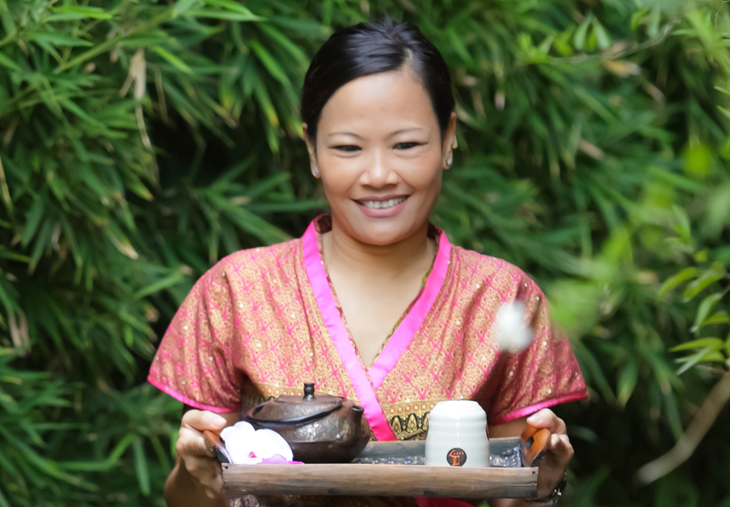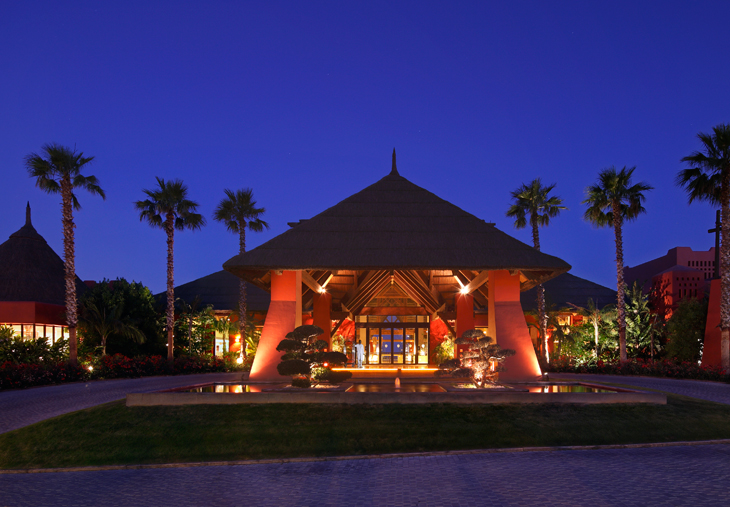If you are mad about Chinese cuisine, at the 5-star hotel Asia Gardens Hotel & Thai Spa we have delicious food for you to enjoy.
But, do you know how to use traditional chopsticks according to protocol? Today, in our blog, we will tell you how to do it.
The experts in Chinese culture say that the first chopsticks were not used to eat but to cook with. Some small segments of food were wrapped in leaves and then cooked, and chopsticks were used as tweezers.
Chinese chopsticks have been used for 5,000 years. Even some historians make reference to them in the teachings of Confucius talking about not needing to use knives to cut with in the kitchen or the table.
There is no need to use knives in Chinese cuisine as everything is generally quite small and all of it can be eaten using chopsticks.
There are many different types, materials and sizes, but they all share the same purpose. Chinese chopsticks are often longer than others, and they are not stuck together, as opposed to Japanese chopsticks which were initially used stuck together at the top as tweezers. They later started to be used apart but they are still shorter than Chinese chopsticks.
Another noticeable difference is that Japanese chopsticks are often pointy at the bottom.
There is a protocol to follow in order to use chopsticks correctly and some rules to abide by. For instance, YOU SHOULD NOT USE THEM TO POINT, stick them in food or lick them. Should they fall on the floor while you eat, this will be considered a sign of bad luck for the future.
If you would also like to sample exotic and traditional Asian food, we recommend you come visit us to our 5-star resort Asia Gardens Hotel & Thai Spa, where you can enjoy a wide range of gourmet dishes.
It is up to you to follow protocol and use chopsticks or to use a fork. We look forward to seeing you.






